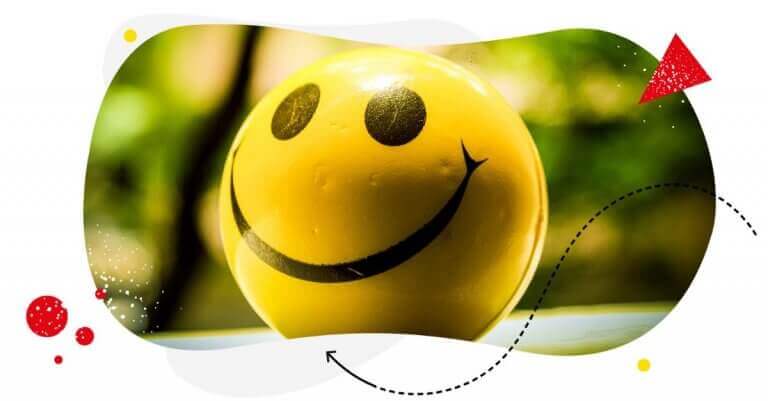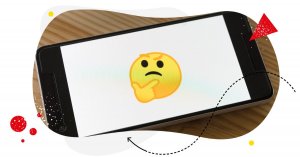Emojis. It’s hard to imagine online communication without it. We use them to express mood, comment on news or information, and add a little color to the mundane text messages.

Social media marketing made easier (especially for teams)
Automation, analytics, reporting, scheduling, and more. Save tons of your time spent on your marketing tasks – with an all-in-one social media tool.
Down the emoji memory lane
In the 90s, we got emoticons (emotion icons) to express the subtext missing from the written message. Then, in the 2000s, the first emoticons became more popular as smartphones appeared. As the emoji importance grew over time, Google, Apple, Facebook, and other online platforms started to develop their own versions of Unicode emojis.
Since then, the impact of emojis on culture became so significant that Oxford Dictionaries named the 😂 (smiling face with tears of joy) the Word of the Year 2015.
Traditional alphabet scripts have been struggling to meet the rapid-fire, visually focused demands of 21st Century communication. It’s not surprising that a pictographic script like emoji has stepped in to fill those gaps—it’s flexible, immediate, and infuses tone beautifully.
Quote source: Casper Grathwohl, the president of Oxford Dictionaries
There’s even a special event dedicated to these little icons: World Emoji Day. It’s on July 17. Anyone can participate by sending messages including emojis, voting for their favorites, or even singing an official anthem.
Yes, emojis have their own anthem. 😮
Emoji in marketing: facts and numbers
If the historical facts presented before don’t stress the importance of including emoji in your marketing communication, let’s look at the facts and numbers.
📊 Over 90% of us (digital consumers) use emojis in communication.
📊 Each day, Facebook users send over 5 billion emojis via Messenger.
📊 Almost 22% of tweets include one or more emojis, reaching an all-time high.
📊 Using emojis in email subject lines helps increase email open rate (OR) and click-through rate (CTR).
📊 MIT research shows that people process images in 13 milliseconds, making visuals an instantly understandable language.
These small visuals are an excellent way to catch and direct your target audience’s attention and drive engagement. They make the message stand out in the crowded world of billions of texts sent daily.
They make your marketing communication rich with subtext and cultural references. They help to shape the brand voice and connect with the audience on a more human level. They are the code for people who can read between the lines.
But…
Emoji marketing is a tricky business
Or, as the mighty Ice Cube would put it: check yourself before you wreck yourself.
Your role as a marketer is to ensure people will instantly know that your message, product, or offer will solve what pains them most. Marketing copy is not about delivering your pitch in a wordy, generic, and robotic way.
In her great YouTube series “Message in a Minute,” strategist Tamsen Webster explains how to find what your audience cares about.
The marketing message is about the connection, pain relief, and hitting the right spots. If you figure out this first, you’ll know if emojis are the right fit for your marketing campaigns. Because:
News flash: emojis are not for everyone.
Since emojis are considered a fun, friendly, and easygoing addition to your marketing communication, there may be some instances when including emojis is not a good idea.
Think about brand image
The University of Amsterdam conducted a study that shows that sending a work-related email with a smiley face emoji may harm your image. It was found that strangers who write to us and use smiley faces in emails are considered less competent.
Just think about the cold outreach emails and LinkedIn messages your sales team sends or their signature for email. Do they include emojis? If the answer is yes, it may be time to reconsider.
Do you use an automated email sequence with one of your experts writing to the new subscribers? Perhaps it’s better to A/B test your messaging to find out if the message is on point with or without smileys in the content.

Protect your social media from offensive comments and SPAM
Automatically hide or delete comments containing spam under your organic posts and ads – with an all-in-one social media tool.
Don’t confuse your audience
In one of their marketing campaigns, Chevrolet decided to use an emoji-only press release to announce the release of a new car model. The campaign got 13x higher engagement on Twitter and over 21 million YouTube video views. Still, not all of the comments were positive.
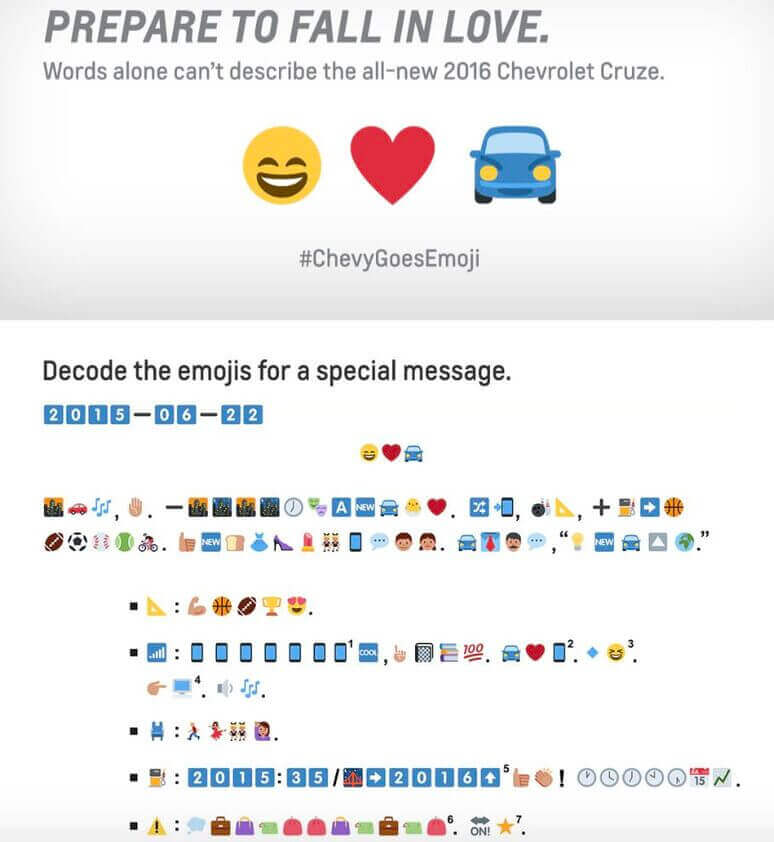
Brand’s messaging team knew that the emoji-only message would be different and stand out from the traditional press releases journalists get daily. They knew the buzz was coming. But, they were also aware that not all of their customer base and media would understand such a gimmick form of communication.
The press release was followed by a traditional one. Chevrolet’s brand team prepared videos to make sure everyone got the sense of their original message.
It’s also noticeable that, despite the outstanding results that their marketing campaign achieved, Chevrolet raised more comments about the campaign form instead of the new car model. Even today, it still generates the buzz by being used as an example in marketing-related articles.
Emoji meaning research goes a long way
Since emojis are unfamiliar to part of some internet users, they are often misused to communicate something directly opposite from what we want to express.
One of the most prominent examples of an emoji with a totally different meaning from what it is is a peach emoji. Did you know that only 7% of Twitter users refer to fruit while using the peach emoji? This means that over 90% of tweets are about something else, with the most messages under sexual-related context.
Let’s explore this scenario: a brick-and-mortar groceries shop or a peach farm goes online. It would be natural for these kinds of establishments to communicate promo on peaches with the use of the 🍑 emoji.
Of course, the emoji may be deliberate in this case to raise mentions for an up-and-coming shop. However, over 90% of internet users will have something entirely different in mind.
It is essential to know the meaning of emojis and the specific contexts they are referring to, to ensure the brand image stays intact.
Where to use emoji in marketing?
Now we know the numbers and context. Hopefully, you’ve also considered your brand audience and their communication style by now. Let’s check where to include emojis in your marketing communication.
Social media posts
Social media strategy without emojis in posts is like a sandwich without bread: impossible. Take a look at examples of excellent emojis usage in social media posts. Not too much, but just enough to improve the messaging.
Here you can find some inspiration from Twitter
1. Coca-Cola asks the audience about an upcoming sports event, adding relevant emojis:
#Boston new sox and cleats coming your way ⚽️👟. Who will you be cheering for?
— Coca-Cola (@CocaCola) June 17, 2022
2. Wendy’s staff expressed shock about some NASA news
This is the first Strawberry Frosty Moon in 4.53 billion years! This won’t happen again until the heat death of the universe 🤯🤯🤯 @NASA @neiltyson
— Wendy’s (@Wendys) June 14, 2022
3. Toyota encourages car owners to share a picture
📸: Kalen M.
— Toyota USA (@Toyota) June 10, 2022
Show off your #Tundra and tag @ToyotaUSA for a chance to be featured. #LetsGoPlaces pic.twitter.com/VPXXhpZOda
4. Rihanna expressed her happiness while being named the National Hero of Barbados
My very first #NationalHeroesDay as a National Hero of my country Barbados! 🇧🇧🇧🇧🇧🇧 What an absolute honor to be amongst such great men and women who have come before me and held this title in commitment to our nation! pic.twitter.com/IRJUo2xJa5
— Rihanna (@rihanna) April 29, 2022
Below, you’ll find a round-up of Facebook posts:
1. See how NapoleonCat makes content stand out, directing the attention to the link:
2. LadBible gets emotional about dogs and babies together with their followers
3. Pepsi makes sure to include fruit representation of their new flavors
4. KFC gets to tell their brand lovers just how hot the spicy chicken is
And here are Instagram posts examples:
1. Target gets to play on words
2. Instagram shares a tasty treat recipe
3. Sprite appreciates their star employee
4. Marie Forleo loves to share a simple visualization of an extraordinary idea
Web push notifications
Web push notifications are a great way to direct visitors’ attention while they peruse your website. Someone checking out your offer is likely there, intending to get more information and buy products.
Make the purchase process more straightforward and present the best deals with pop-up notifications in the browser. Before you do that, always ask for consent. And after you get it, let’s just say your imagination is the limit.
Below you will find easily replicable examples of web push notifications that can positively affect your business.
- HairTamin special offer. Emojis are referencing the upcoming holidays, and the text plays with the discount amount and the date of Halloween. Very clever.
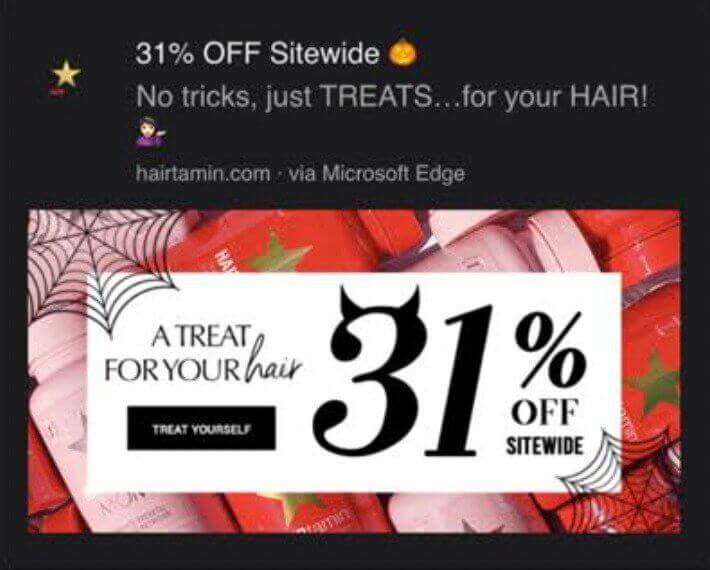
- Only Natural Pet product highlight. This push notification doesn’t offer any discount, but the eyes emoji makes the user instantly reread the text.
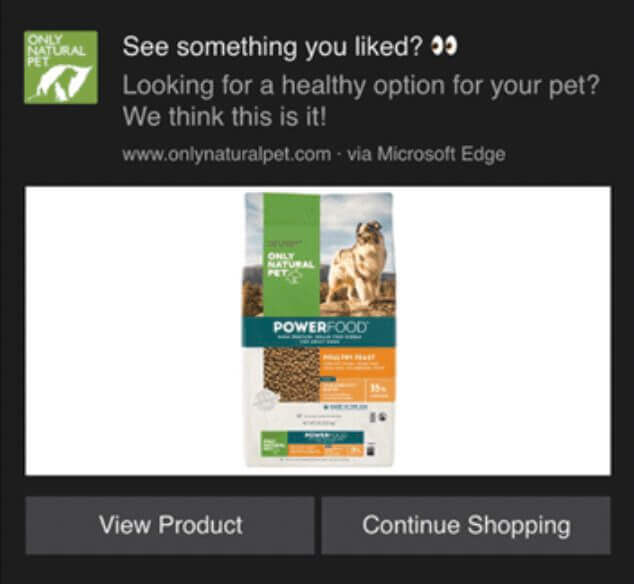
- SnowJoe price decrease. With red emojis, the user is directed to the red
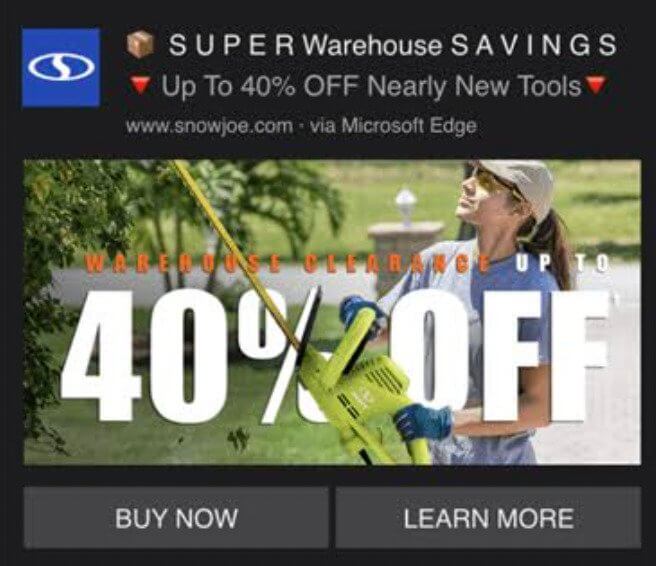
All examples come from this blog article. Head there for more ideas and inspiration.
Email subject lines
We treat our inbox as personal space, where uninvited ads are a big no-no (I’m talking to you, Gmail context ads!).
When signed up for a newsletter, we expect our guests (the brands) not to spam us with many messages. But we do know how it is: at some point, the unsubscribe option is a must.
But which brand newsletters and offers will we choose to get rid of? The ones we don’t open and ones that don’t gain our attention in any way.
According to research, using emojis in email subject lines helps increase open and click-through rates. This is good because it is how you stand out from the other subject lines in a crowded promotional tab inside your subscriber’s inbox.
This is the first step towards being remembered, thus less likely to unsubscribe. Just remember that the emojis are complimentary to your core message and relevant content. If you use bait-like subject lines, the subscriber will quickly hit that unsubscribe.
What are good examples of using emoji in email subject lines? Take a look below.
- Canva stays on topic, brilliantly using a play on words.

- ConvertFlow adds a bit of brain power, connecting emojis with ‘psychological’ subject line

- Copy.ai’s time-limited offer shows the importance of urgency in sales offers.

I hope you liked these examples and the best practice of including emojis in marketing copy. Comment if you have more good examples!
Social media management is easy initially and tends to get a bit more complex as your business grows. You get on more platforms and start understanding that every single text and visual message must be specific for every medium you use. Yet, they all have to communicate the same message.
Stay on brand and ensure you leave no stone unturned: use the right social media publishing tool. With NapoleonCat, you’ll schedule all social media activities and get an overview of which of your tactics perform the best. Make sure to sign up for the free 2-week trial. Emojis included.

Best social media scheduler for small business
Schedule posts for Facebook, Instagram, Twitter, LinkedIn, and even Google My Business – with an all-in-one social media tool.
You may also like:
- 10 Best Social Media Marketing Books to Read Next
- Ready-To-Use Social Media Marketing Strategy for Small Business
- How to Plan a Social Media Marketing Campaign
- 8 Social Media Marketing Tips for Small Businesses
- 15+ Myths About Social Media Marketing: True or False?
- 6 Best Free Tools to Create Social Media Graphic Designs
- The Golden Rules of Instagram Monetization
- Do You Use the Potential of Social Media Memes?
- How to Create a Social Media Strategy?
- 27 Instagram Hacks You Need to Try
- 12 Best Social Media Podcasts You Need To Listen To
